Buying Guide
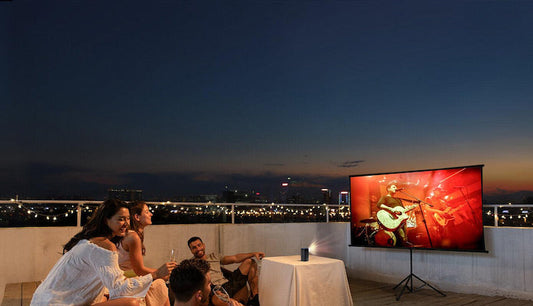
Your Ultimate Guide to Finding the Best Pico Pr...
Looking for a compact yet powerful solution to your projection needs? Pico projectors have quickly become a favorite among tech enthusiasts, offering portability without sacrificing quality. In this article, we'll...
Your Ultimate Guide to Finding the Best Pico Pr...
Looking for a compact yet powerful solution to your projection needs? Pico projectors have quickly become a favorite among tech enthusiasts, offering portability without sacrificing quality. In this article, we'll...
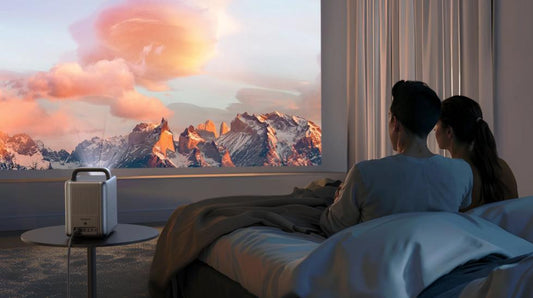
The Best Video Projector of 2025
A top-tier projector can transform any space into a cinematic retreat with crisp visuals and vibrant colors. Modern models deliver more than just projection—they have easy gaming, streaming, or work...
The Best Video Projector of 2025
A top-tier projector can transform any space into a cinematic retreat with crisp visuals and vibrant colors. Modern models deliver more than just projection—they have easy gaming, streaming, or work...
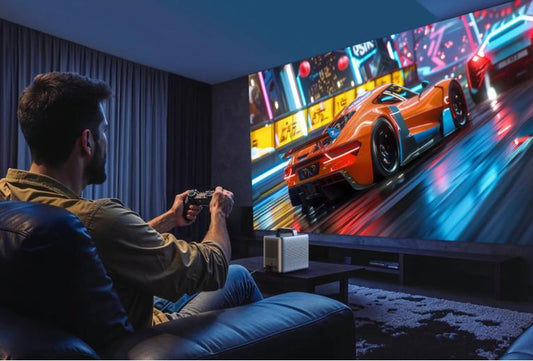
Why Is My Projector Lagging? Get the Answer!
Are you always trying to get your projector to work properly but keep running into problems with "Why is my projector lagging?" There are a number of reasons why your...
Why Is My Projector Lagging? Get the Answer!
Are you always trying to get your projector to work properly but keep running into problems with "Why is my projector lagging?" There are a number of reasons why your...

Best Projector for a Small Room: Elevate Your S...
When it comes to creating an immersive entertainment experience within the confines of a small room, selecting the best projector for a small room becomes a pivotal decision. In this...
Best Projector for a Small Room: Elevate Your S...
When it comes to creating an immersive entertainment experience within the confines of a small room, selecting the best projector for a small room becomes a pivotal decision. In this...
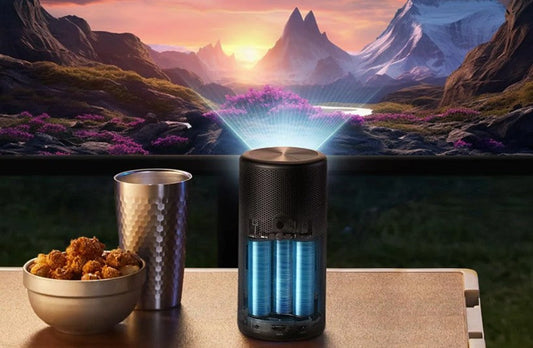
Best Projector for Camping: Top Picks and Buyer...
Nothing beats the feeling of winding down after a day of hiking or exploring, gathered around a cozy campfire with your favorite movie or a game on the big screen....
Best Projector for Camping: Top Picks and Buyer...
Nothing beats the feeling of winding down after a day of hiking or exploring, gathered around a cozy campfire with your favorite movie or a game on the big screen....
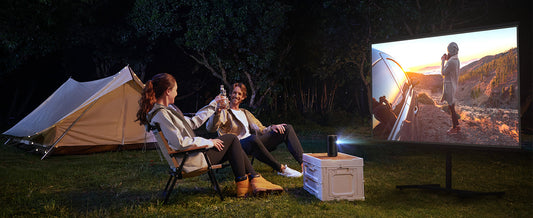
Best Battery Powered Projector for 2025
Imagine turning any space into a cinema—no outlets, no cords, just pure portable magic. Battery-powered projectors have evolved into sleek, powerful devices perfect for movie nights under the stars, impromptu...
Best Battery Powered Projector for 2025
Imagine turning any space into a cinema—no outlets, no cords, just pure portable magic. Battery-powered projectors have evolved into sleek, powerful devices perfect for movie nights under the stars, impromptu...